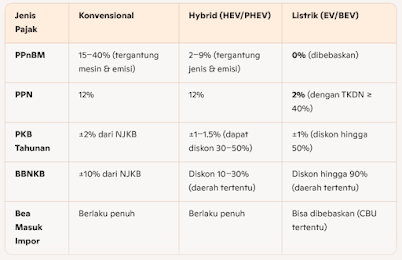UV Lamps: Everything you wanted to know about

Ir. Sugeng Endarsiwi (Printing Ink Manufacture) In order to find out more about UV and how it works, I went to an expert who has been working with UV technology for over 20 years, Norm Fitton, President of Anniversary UV. Most printers buy UV systems, which may be supplied by the manufacturer of the equipment but made by someone else. Understanding how UV lamps work can improve their performance and save you money. There are different types of UV lamps for different applications. Low-pressure UV lamps may be used for disinfecting purposes, curing nails and dental fillings, or water purification. The type of lamp used in printing applications is usually a medium-pressure, linear (straight tubes), mercury vapor arc lamp. Medium-pressure UV lamps cure inks and coatings instantly. It is a photochemical, not a heat process. It allows the equipment to run at very high speeds for extended periods. General-use light bulbs have a filament. The electricity causes the filament to glow, prod...



